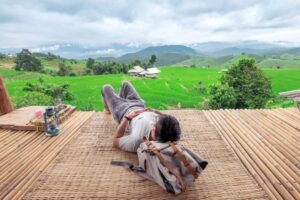The best places to retire for the adventurous
6 min read2 January 2017
By Rob Budden,Features correspondent
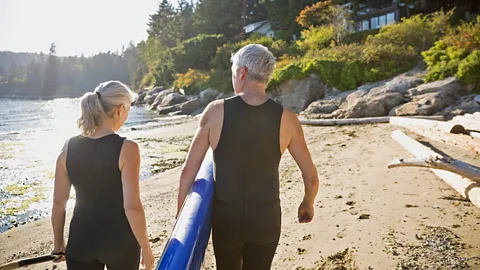 Alamy
AlamyGrowing older can mean growing bolder. Forget golf and games of bridge, head here for the time of your life.
Year-round sunshine, a lower cost of living and the desire to experience different cultures are luring thousands of expats to far-flung corners of the globe for their twilight years.
From Colombia’s Andes mountains to the modern hustle and bustle of Malaysia’s capital Kuala Lumpur, here we explore the best places to retire for the more adventurous of retirees.
In our top five countries, you’ll find your retirement dollar will go much further, but this need not mean compromising on quality healthcare or other amenities.
Colombia’s proximity to the equator lends the nation 12 hours of sunlight a day, all year. Add colonial towns, stunning mountain ranges and beautiful beaches, and it’s easy to see why many expats retire in this South American nation.
For the adventurous, an abundance of snow-peaked mountains and one of the world’s largest barrier reefs off the islands of San Andres and Providencia provide plenty of fodder for mountaineers and scuba divers.
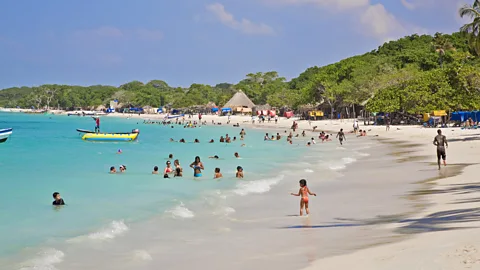 Getty Images
Getty ImagesColombia’s days of conflict under the reign of Pablo Escobar in the 1980s are over. Back then, Medellín, the country’s second-largest city, was infamous for violence, dubbed the “murder capital of the world” in 1991. Now, often referred to as the “Medellín Miracle,” the city has been labelled “a model of urban development” by the Economist, given its squeaky-clean overground system, rejuvenated parks and sizeable government redevelopment programme.
The country is also very affordable. According to Numbeo, a website which compares cost of living globally, a three-course meal for two in Colombia costs 55,000 Colombian pesos ($18), around a third of prices for similar activities in the US.
 Getty Images
Getty ImagesA Colombian retirement visa requires a public or private pension of at least three times the national minimum wage, or around $700 a month. For 2016, the national monthly minimum wage in Colombia was 689,455 Colombian pesos ($230).
For many, Cambodia conjurs up images of a brutal past under the Khmer Rouge in the late 1970s. But this country, at the heart of South East Asia, is beginning to attract a wave of expat retirees lured by colourful pagodas, tropical islands and attractions such as Angkor Wat, the world’s largest religious monument.
Many expats choose to settle in Phnom Penh, the vibrant capital city of Cambodia. With preserved French colonial buildings in the old part of the city, Phnom Penh also offers modern conveniences with plentiful shopping malls and readily available western food.
 Getty Images
Getty ImagesFurther afield, Cambodia offers a range of activities catering to a growing tourism industry, from kayaking through mangroves in Koh Kong and exploring waterfalls in Kampot Province to bird-watching in Siem Reap.
Some expats are migrating from neighbouring Thailand, deterred by rising prices and changes to its visa requirements, which have made it harder to stay in the country. Most who retire in Cambodia currently opt for a business visa, which allows them to work or start a business in the country. These are relatively simple to attain and can be renewed annually. More recently, the government has announced that it will be introducing a retirement visa for which expats will have to show proof of financial stability. Full details on the visa have yet to be released.
Like many other developing countries, low cost of living is an attraction for many. The cost of living in Cambodia is among the lowest in Asia. Phnom Penh, the country’s capital city is ranked 118 globally, cheaper than Hanoi in Vietnam and Jakarta in Indonesia, according to human resource consultancy Mercer. For example, a three-course meal for two people in a mid-range restaurant averages 60,000 Cambodian riel ($15), according to Numbeo.
Standards of healthcare in Cambodia are improving, but for more serious conditions and illnesses, expats tend to get airlifted to neighbouring Bangkok or Singapore for treatment.
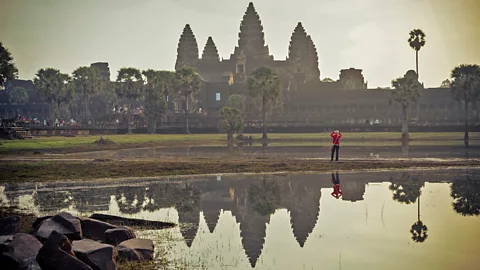 Alamy
AlamyCosta Rica
Expats have been coming to Costa Rica for decades, attracted by this Central American country’s year-round tropical climate, excellent healthcare system and high quality of life.
But the biggest appeal for many are the country’s 4.87 million warm-hearted residents known for their laid-back attitude and optimistic outlook on life.
Expat communities can be found across the country, though many opt for coastal areas or the Central Valley, close to the country’s capital San José, which boasts an international airport, excellent shopping and state-of-the-art hospitals. The country’s many beaches, national park trails and rainforests are also a draw for hikers and wildlife lovers.
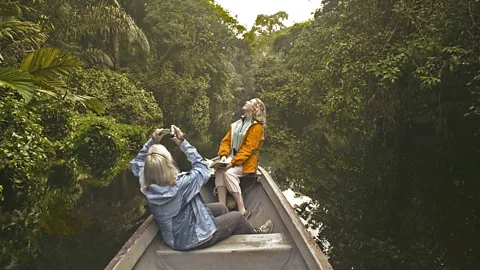 Getty Images
Getty ImagesHealthcare is one of the country’s main attractions for retirees. Treatments in private hospitals often cost less than those in many Western countries. Yet standards of healthcare are high: in a 2000 World Health Organisation report (the most recent of its kind), the country was ranked 36th in the world for its healthcare system.
Gaining residency in Costa Rica is relatively straightforward. Many expats retiring in the country opt for the pensionado status, a visa programme aimed at retirees. All you need is a monthly income of $1,000 from social security or a government guaranteed pension, and a commitment to remain in Costa Rica for four months a year.
Malaysia appears to have it all, from white-sand beaches and remote rainforests to the high-rise bustle of its modern capital, Kuala Lumpur.
Malaysia has long been a destination of choice for divers and snorkellers attracted by its crystal-clear waters, an abundance of tropical fish and tempting water temperatures (close to 30C year-round).
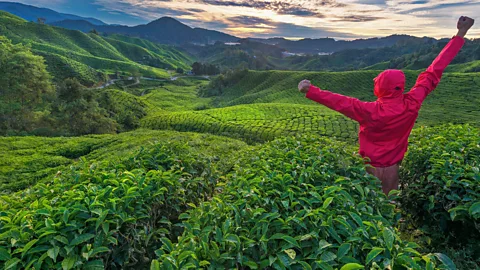 Getty Images
Getty ImagesXpatulator.com, a website that analyses costs for expats, ranks accommodation costs in Malaysia as “low”, at the opposite end of the spectrum to destinations such as Hong Kong or Australia. But be warned – many imported goods, from cars to alcohol, can be expensive as a result of local taxes.
Under the country’s second-home programme, retiree residency is relatively easy to obtain. The visa lasts for 10 years and extends to a spouse and children. The minimum monthly income requirement is 10,000 Malaysian ringgit (around $2,235). Retirees can also typically draw their pension or social-security income without having to pay Malaysian taxes.
Those looking to make the most of their retirement dollars won’t find many places as attractive as Nicaragua.
This Central American nation, with coastlines on the Caribbean Sea and the North Pacific Ocean, scores 97 out of 100 for buying and renting and for living costs in International Living’s latest review of global retirement destinations.
It helps that retirees are rewarded with beautiful rainforests, miles of stunning beaches and plentiful lakes and volcanoes. Popular destinations include San Juan del Sur, a lively resort town on the Pacific Coast or Granada, a historic colonial city nestled along Lake Nicaragua.
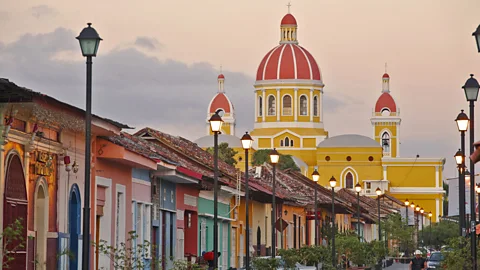 Getty Images
Getty ImagesAgeing surfers are also drawn to the country’s Pacific coast, which, although becoming more popular in recent years, still offers uncrowded, quality beach breaks. San Juan del Sur offers an array of surf schools and board rentals.
The US embassy in Nicaragua recommends US citizens “exercise extreme caution” before investing in property in Nicaragua as land title can be unclear, meaning ownership can be difficult to prove. Even so, there are bargains to be found if you rent. A city-centre three-bedroom apartment costs $509 a month on average, according to Numbeo.
The Nicaraguan government also operates a generous retiree benefit programme, with tax incentives for expats, most notably tax exemptions on outside-of-country earnings. The key requirements are for applicants to be 45 years of age or older and to have a stable monthly income of at least $600.

